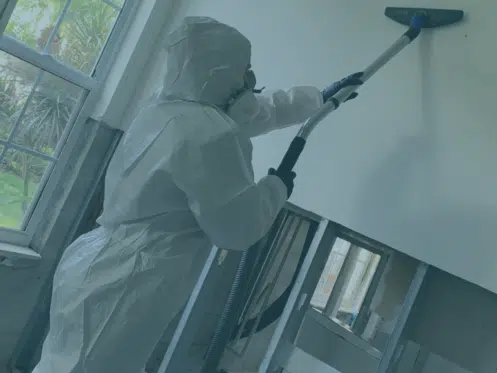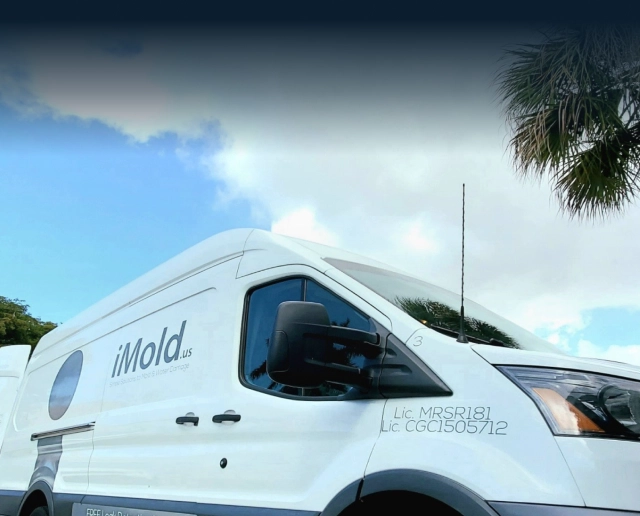What is the Difference Between Mold Remediation and Mold Removal?
Mold can be a serious problem in any home or building. Not only does mold growth look unsightly, but it can also cause health problems and even structural damage if left untreated. This is why it’s important to address mold issues as soon as they arise.
However, when it comes to dealing with mold, two terms are often used interchangeably but have critically different meanings: mold remediation and mold removal. Mold removal refers to the physical removal of mold growth and contaminated materials. In contrast, mold remediation involves identifying and addressing the underlying causes of mold growth to prevent it from returning. In this blog post, we’ll take a closer look at these two terms and explain their differences, including the different processes used.
Mold Removal
Mold removal, simply put, is the process of physically removing mold from a surface. This is typically done using special cleaning agents and techniques designed to kill and remove mold from the affected area. For example, mold removal is often done using specialized cleaning agents, scrubbing, and HEPA vacuuming. Mold removal is a straightforward process and can be done relatively quickly if the mold is not widespread. However, if the mold has spread to other areas of the building, it may be more difficult to remove and may require more extensive measures.
Mold Remediation
Mold remediation, on the other hand, is a broader term that refers to the process of addressing the underlying causes of mold growth and preventing it from recurring. Mold remediation may involve a combination of different strategies, including mold removal. It also includes measures such as identifying and addressing the underlying moisture issues that allow the mold to grow.
Mold remediation is a more complex process than mold removal, as it requires a thorough inspection of the building to identify the moisture sources contributing to mold growth. Once the sources of moisture have been identified, steps can be taken to address them, such as repairing leaks, improving ventilation, or installing dehumidifiers. In addition, mold remediation may involve more extensive repairs or renovations to the building and measures to prevent future mold growth. Mold remediation also includes testing the air quality in the building to ensure that it is safe to occupy.
Which Is Right for You?
The choice between mold remediation and mold removal depends largely on the extent of the mold growth and the underlying causes of the problem. For example, mold removal may be sufficient if the mold growth you are experiencing is limited to a small area and is not recurring. However, if the mold is widespread or is caused by underlying moisture issues, mold remediation may be necessary to address the problem at its source.
What’s next?
Whether you need mold removal or more intensive mold remediation, hiring trained, certified, trusted experts is always best. In Southwest Florida, that is the widely renowned professional at iMold. At iMold, we are a fully licensed, insured, and bonded company that can handle your restoration needs. Our team members are trained at the highest levels to perform all restoration and cleaning tasks. We are a preferred vendor with many of the insurance companies in Florida.
Conclusion
Mold can be a serious problem in any home or building, but the terms “mold remediation” and “mold removal” are often used interchangeably. While both processes involve addressing mold growth, they are different in scope and approach. Mold removal involves physically removing the mold from a surface, while mold remediation involves addressing the underlying causes of mold growth to prevent it from recurring. If you are dealing with a mold problem, it’s essential to understand these differences and choose the right approach to address the problem effectively. This is where we come in. So give us a call!
Connect with iMold on Facebook and Instagram!

